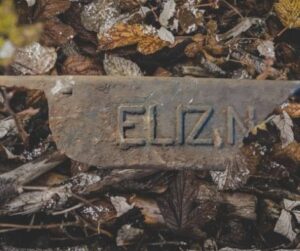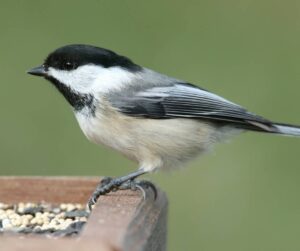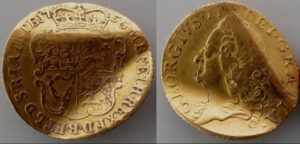I know this goes without saying, but I’m going to say it anyway, there’s history in everything. No matter what we unearth during a hunt, it has a story. Regardless of age or worth, there could be a tale to tell, if we only take the time to find it. Why am I writing this? Because when I exhumed this toonie from its resting place, I was somewhat disappointed that that was all it was, and unceremoniously dumped it into my finds pouch . I’m sure that I’m no different from every other metal detectorist out there, that when I hear those beeps through my headphones, my imagination runs wild. For the next few seconds or minutes, as I dig my way towards the source, I’m imagining all sorts of exciting things that it may be, gold, jewelry, an ancient artifact even. I’ll never lose that excitement and wishful thinking when those beeps alert. But now I have a different outlook on my finds, and see each one as a historical treasure, worthy of attention. Well, not things like ring pulls, foil and tin cans… not just yet anyway.
So without further adieu, let’s have a look at the Toonie.

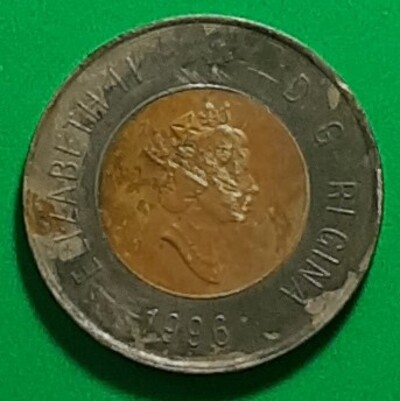
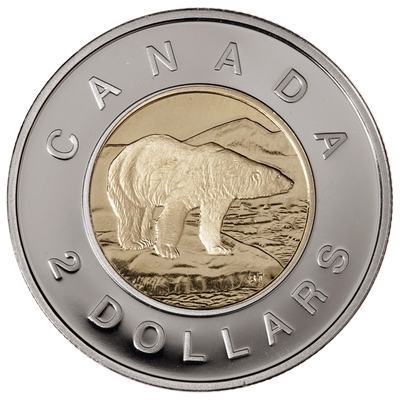
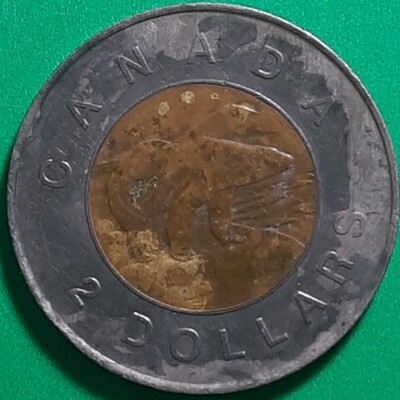
Value
The Toonie, as it is colloquially called, is the Canadian two dollar coin. At the time of writing this, $2.00cdn is equal to $0.79us and £0.74 pounds sterling. The value of the 1996 coin itself, depends on condition, circulation, etc. I’ve it seen for as low as $4.99cnd and as high as $23.99cdn.
Introduction
The significance of the coin I found, is its date…1996. For on February 19th, of that year, this coin, carrying the highest monetary value in Canada, was introduced.
Dimensions
It is 28mm (1.10″) in diameter. Weighs 6.92g (o.24 oz), and is 1.75mm (0.06″) thick.
Construction
The center of the toonie is 92% copper, 6% aluminium, and 2% nickel. The outer ring of the toonie is 99% nickel.
Description
One side of the coin (the Reverse) has a polar bear standing on an ice floe. This was designed by Brent Townsend, a wildlife and landscape artist.
The other side (the Observe) has a portrait of Queen Elizabeth II, a maple leaf, the inscription D.G. Regina and the date 1996.
The portrait was designed by Hungarian born Dei Gratia Regina (1913-2008), and remained on the coin until 2003.
The maple leaf is the national symbol of Canada.
D.G. Regina is an abbreviation of the Latin term Dei Gratia Regina, meaning By The Grace of God, Queen.
So there you have it…the story of a coin. As I said earlier, there’s history in everything. I could have written a lot more about this coin as, while doing my research, I found a lot of historical avenues that I could have went down. Perhaps another day.


